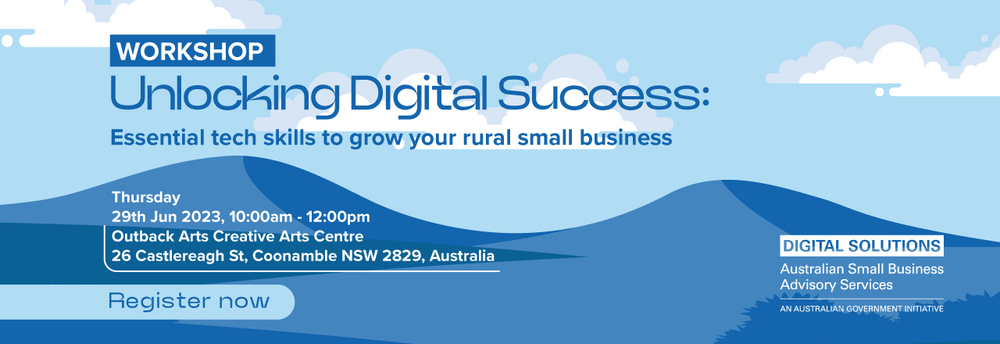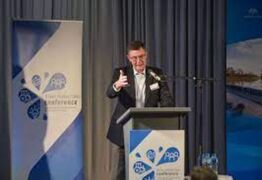Nyngan hosts National Rural Health Alliance
Angie White
25 June 2023, 3:40 AM
 The National Rural Health Alliance chose Nyngan as the location for the launch of a new report.
The National Rural Health Alliance chose Nyngan as the location for the launch of a new report.On Friday 23 June Nyngan was host to the launch of the National Rural Health Alliance’s Independent Report on health spending for rural Australians.
The Report provides startling new evidence of rural health shortfall, with each person in rural NSW missing out on close to $850 a year of healthcare access totalling a hefty $6.5 billion a year.
A sombre read by any standards, the report looks at all ages and geographical positionings, along with Indigenous, disability, aged and children subgroups and the affects the lack of cohesive health care is having on these communities.
The latest data, revealed in an independent Nous Group report commissioned by the National Rural Health Alliance (the Alliance), reflects the urgency for a National Rural Health Strategy to bring all rural health initiatives under one umbrella.
“The report looks at health spending from a patient’s perspective, reflecting the alarming day-to-day realities for rural Australians unable to access equitable care,” said Alliance Chief Executive Susi Tegen, who spoke at the Nyngan launch.
“Over 7 million people, who make up nearly a third of Australia’s population, experience a greater burden from illness and early death, in part due to inadequate funding for their health care. This is despite the significant contribution they make to Australia’s economy,” she said.
“The economic benefits of a healthier rural population are significant, but successful policy and investment relies on a cohesive approach across the health system and human services landscape to address inequity, access challenges, current failures, and technological and sociological change.”
With rural Australia contributing to agriculture, fisheries and forestry exports to the tune of $76 billion, resources and rural industries alone generate around 80 per cent of Australia’s exports, with commodities exports worth $497 billion – a collective value to the nation of over $500 billion, all courtesy of rural Australia.
Over 90 per cent of fresh food sold in Australia is produced rurally, with nearly 50% of the nation’s tourism income generating from rural Australia, and over half a million people directly employed in rural tourism-related industries, rural people are more than pulling their weight.
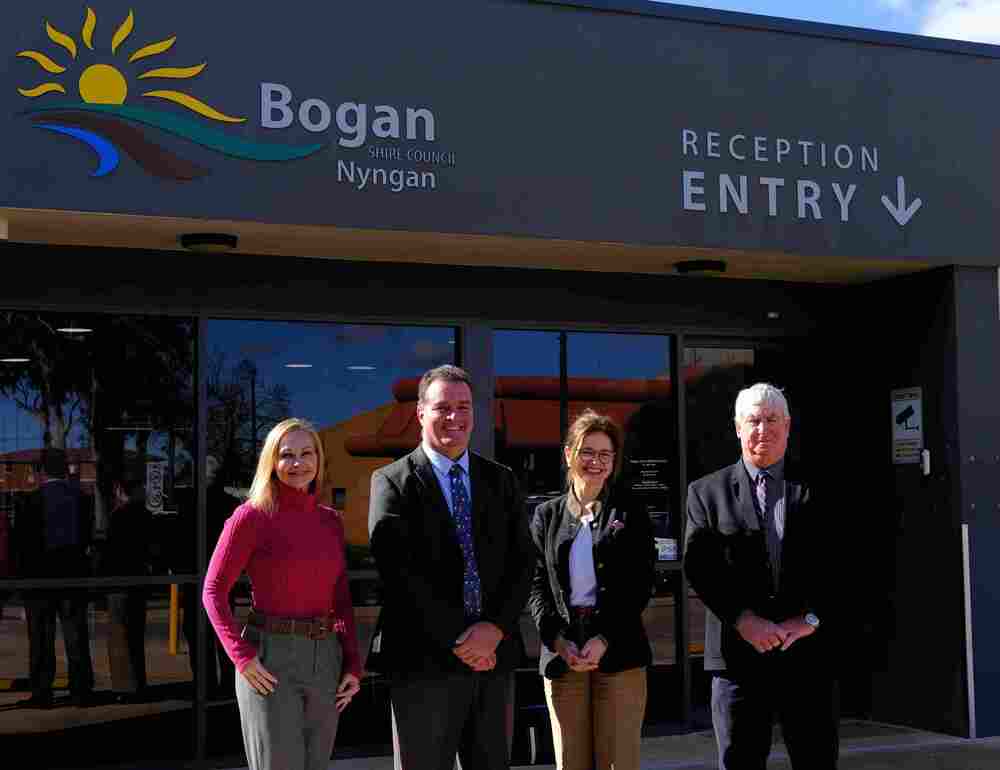
Debb Wood Director People and Community Service Bogan Shire Council , Derek Francis General Manager, Susi Tegen NRHA, Mayor Glen Neill. PHOTO: Bogan Shire Council
However rural people cop a triple whammy with poorer circumstances in terms of social determinants of health, a lack of available services and higher costs of access and delivery.
A different model is needed
“Although the government invests in workforce initiatives and several measures are in place to support rural health, these need to be augmented and continued as they still do not sufficiently improve service availability and a patient’s access to health care,” said Ms Tegen.
“Social determinants of health negatively impact rural people, who are sick for longer periods and end up in hospitals because of inadequate primary care access to doctors, nurses and other health workers. Proper funding in this regard would keep people well and out of the expensive and overburdened hospital system.
“Rural communities need government to be more flexible and introduce block or genuine support funding to provide multidisciplinary care for patients. These communities know how to collaborate – they do it every day – but costs of access and delivery are higher, so the delivery of health care will be different and broader. It does not fit into the model available to urban people,” Ms. Tegen added.
The Alliance calls for the funding of a place-based multidisciplinary model of primary health care – Primary care Rural Integrated Multidisciplinary Health Services (PRIM-HS) – that gives the flexibility to engage communities and address local needs in partnership, in a similar way to Aboriginal Community Controlled Health Organisations (ACCHOs).
“Communities need access to health care in their localities. To achieve this, we urge government to add to existing city-based and hybrid (city/rural) training, with a flipped model of exceptional rural medical and allied training, including nurse training. This would make training in cities the exception and enable students living rurally to train in their own communities.
“Why should people living in rural Australia pay twice or thrice the amount for the same health care available in cities, yet still have poorer health? Why do they need to fundraise to access a service that should be provided through their taxes? This is the unfortunate reality faced by many rural Australians,” said Ms. Tegen.
She says the Alliance is committed to working with federal and state governments, ministers and departments to put things right.
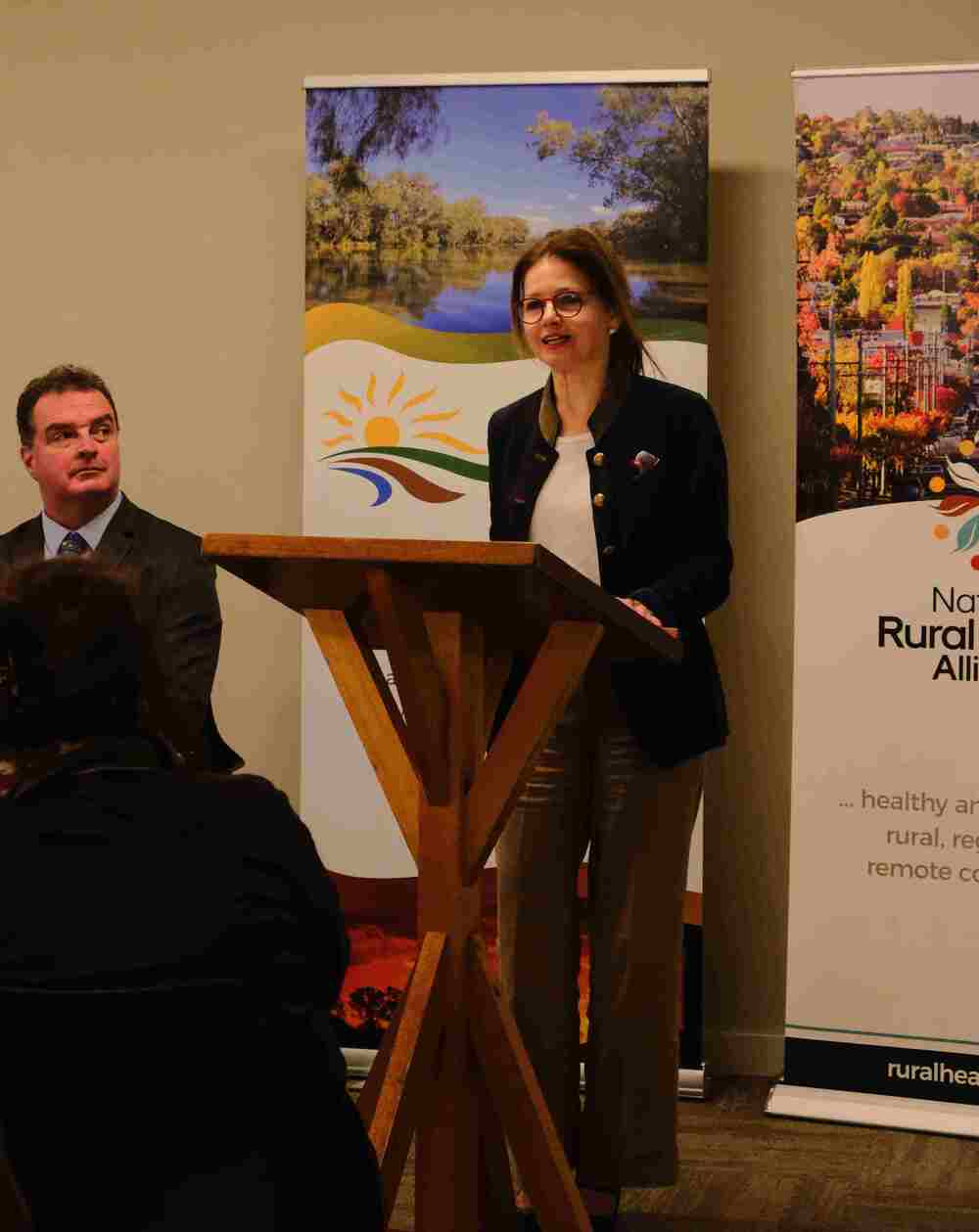
Susi Tegen addressing communities members at the Launch in Nyngan. PHOTO: Bogan Shire Council
“Tweaking around the edges with trials and funding that stops after three years, has exhausted rural communities. The 48 national Members of the Alliance, all passionate about rural Australia, eagerly await the much-needed direction of funds to redesign primary health care in rural Australia at the grassroots,” Ms Tegen added.
“Investing in rural areas will have the additional benefit of reducing costs in the hospital sector and emergency departments but, more importantly, it will increase the already significant economic contribution of rural communities to Australia’s wellbeing," said Ms Tegen.
Rural people are sick for longer periods and end up in hospitals because of inadequate primary care access to doctors, nurses and other health workers. An equitable distribution of funds in this regard would keep people out of the expensive and overburdened hospital system and healthier.
Bogan Shire on the front foot
Bogan Shire Council, is leading the way, and the reason it was chosen for the launch, by investing in and promoting rural health following its decision eight years ago to establish, operate and fund its own local Medical Centre.
The Shire Council, who have been vocal and proactive, saw an obvious need for a centre that would encompass all aspects of health care in an attempt to bridge the visibly-widening gap for the community.
“The imminent retirement of the town’s long-standing doctors from full-time practice was set to leave a gap in our primary healthcare," said Bogan Shire Mayor Glen Neill.
"We also understood the barriers for a new doctor to establish their own practice, especially in a remote area. The practice was established to avoid a critical lack of locally accessible primary, allied and specialist healthcare services."
A conversation with locals will reveal that a trip for up to two hours to Dubbo or even further for healthcare services is commonplace for those needing specialist care and access to further healthcare services and Bogan Shire Council had been looking at ways to tackle this head on.
This resulted in the Bogan Shire Medical Centre opening its doors in May 2017.
“The practice has grown over the last six years, with two building extensions to accommodate a range of services including, podiatry, physiotherapy, sonography, and pathology, together with doctors and nurses to provide care in a supportive team-based environment,” Bogan Shire Council’s Director People and Community Services, Debb Wood said.
Mrs Wood announced that additional diabetes support and an Aboriginal Health Practitioner would soon come online to achieve better health outcomes for Aboriginal people within the community, ticking off more community goals for the practice.
“The Bogan Shire Medical Centre offers a wide range of healthcare services to our remote community that they cannot do without. Our practice doctors have even reported that we have people in our community alive today because of the service provided by the Bogan Shire Medical Centre,” said Mrs Wood.
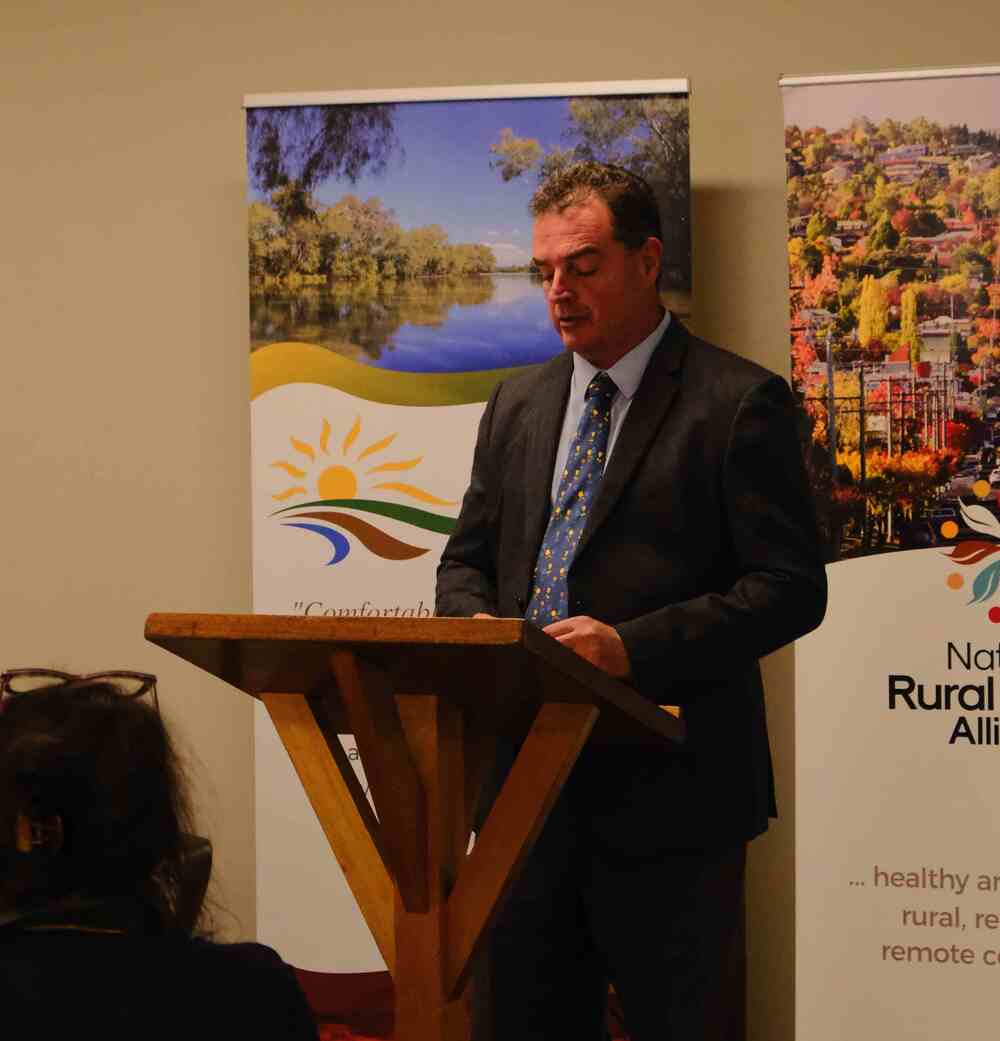
Derek Francis Bogan Shire Council General Manager. IMAGE: Bogan Shire Council
The Centre, operated by the Shire Council, currently services over 3,600 patients and is directly accountable to the community and more fundamentally aware of its people’s needs.
The Bogan Shire Medical Centre is community-controlled and has strong networks with the Rural Doctors Network, Western NSW Primary Health Network, and Western NSW Local Health District.
Balancing the books
“The practice is well managed with all the strict governance requirements implicit in our system of Local Government and operational costs are contained. However, annual expenditure increasingly outweighs income from patient fees, meaning that the practice is considerably subsidised from Council’s other revenue including property rates,” said Council’s General Manager, Derek Francis.
“The increasing cost of providing GP services due to market forces since the practice opened has caused this situation to develop, which in the long run will start to erode Council’s accumulated funds and limit the amount of discretionary spending available to us to fund its other services,” he said.
“Recent Australian Government announcements regarding Medicare Bulk Billing increases will assist the practice’s financial situation,” said Mr Francis, “however projections indicate that we might expect only around $100,000 in additional Medicare fees, which still leaves an annual financial shortfall in the hundreds of thousands that will negatively impact on our community.”
Mr Francis is concerned that Local Councils are carrying financial burdens urban communities do not have to address.
During Friday’s launch of the National Rural Health Alliance’s independent Report on health spending for rural Australians, Mayor Neill thanked the NRHA and their Chief Executive Susi Tegen for their support.
“We have worked closely with the NRHA over the past two years as part of their advocacy to achieve recognition and government support for the financial situation confronting rural and remote General Practices,” said Mayor Neill.
“We continually look at improving our healthcare for our local community, it is always a top priority for us,” said Mayor Neill.
“We look forward to working further with the NRHA to make this a reality,” he said.
